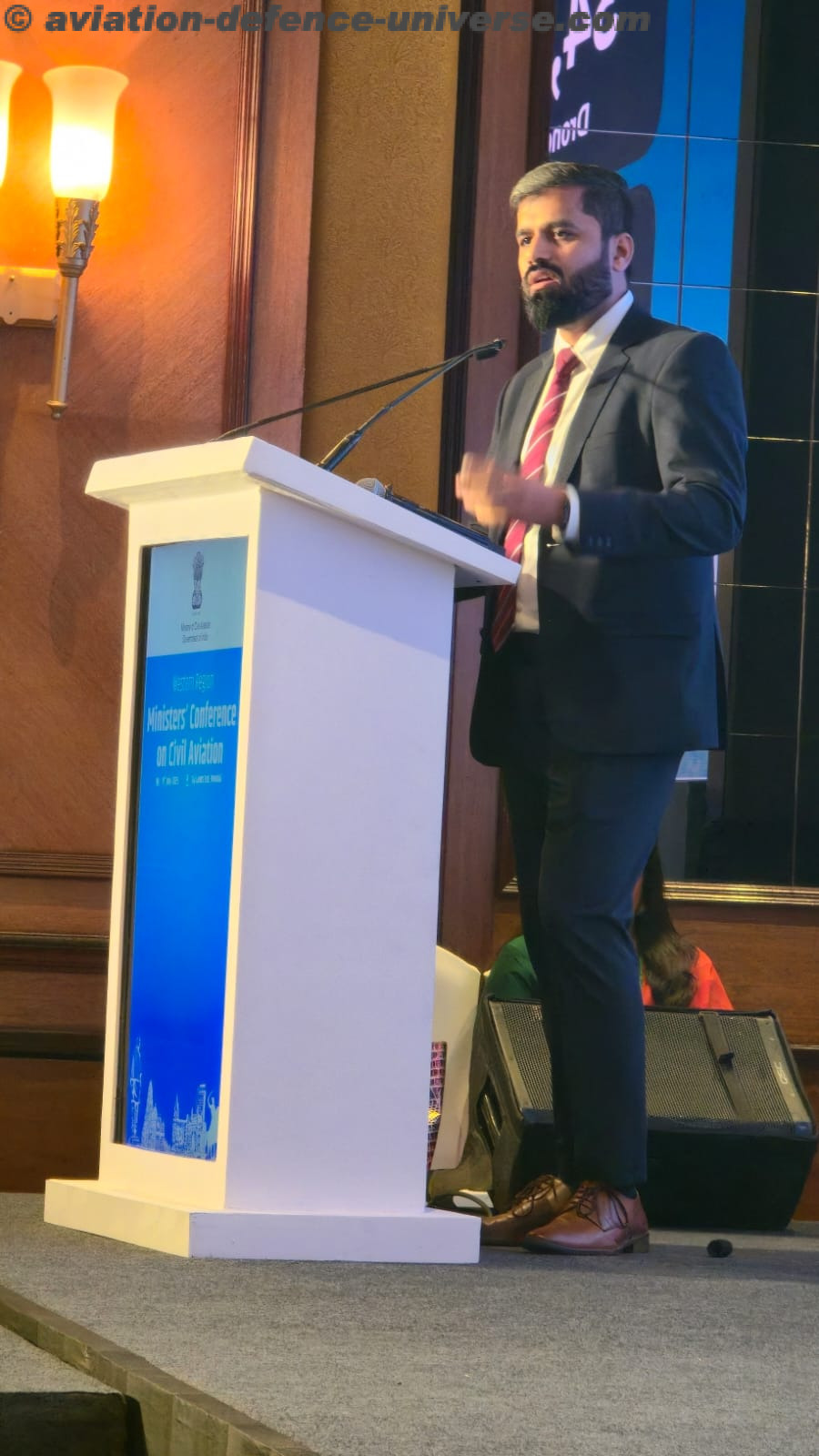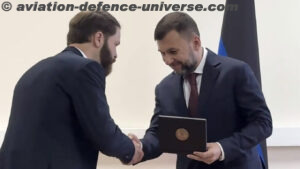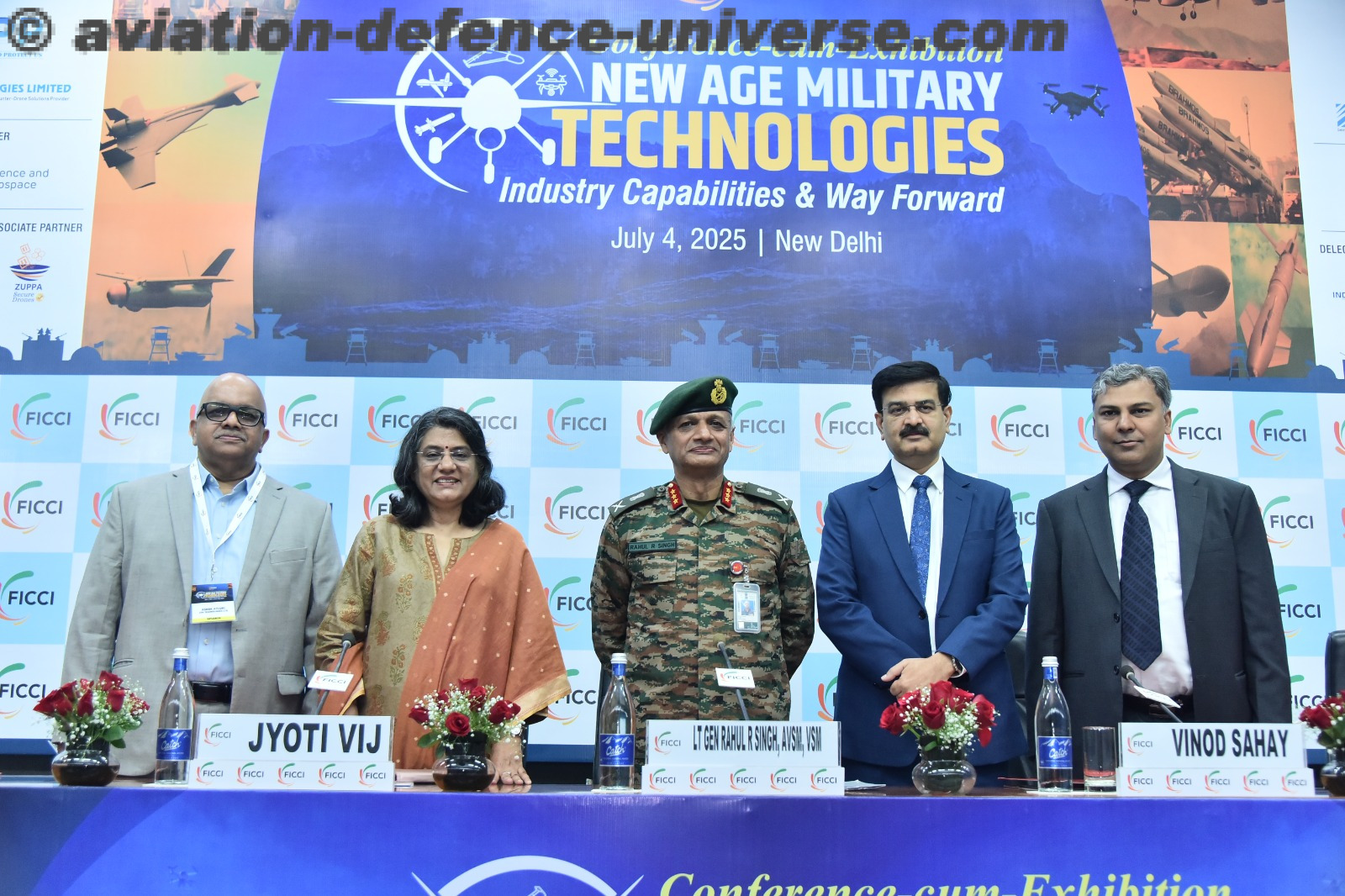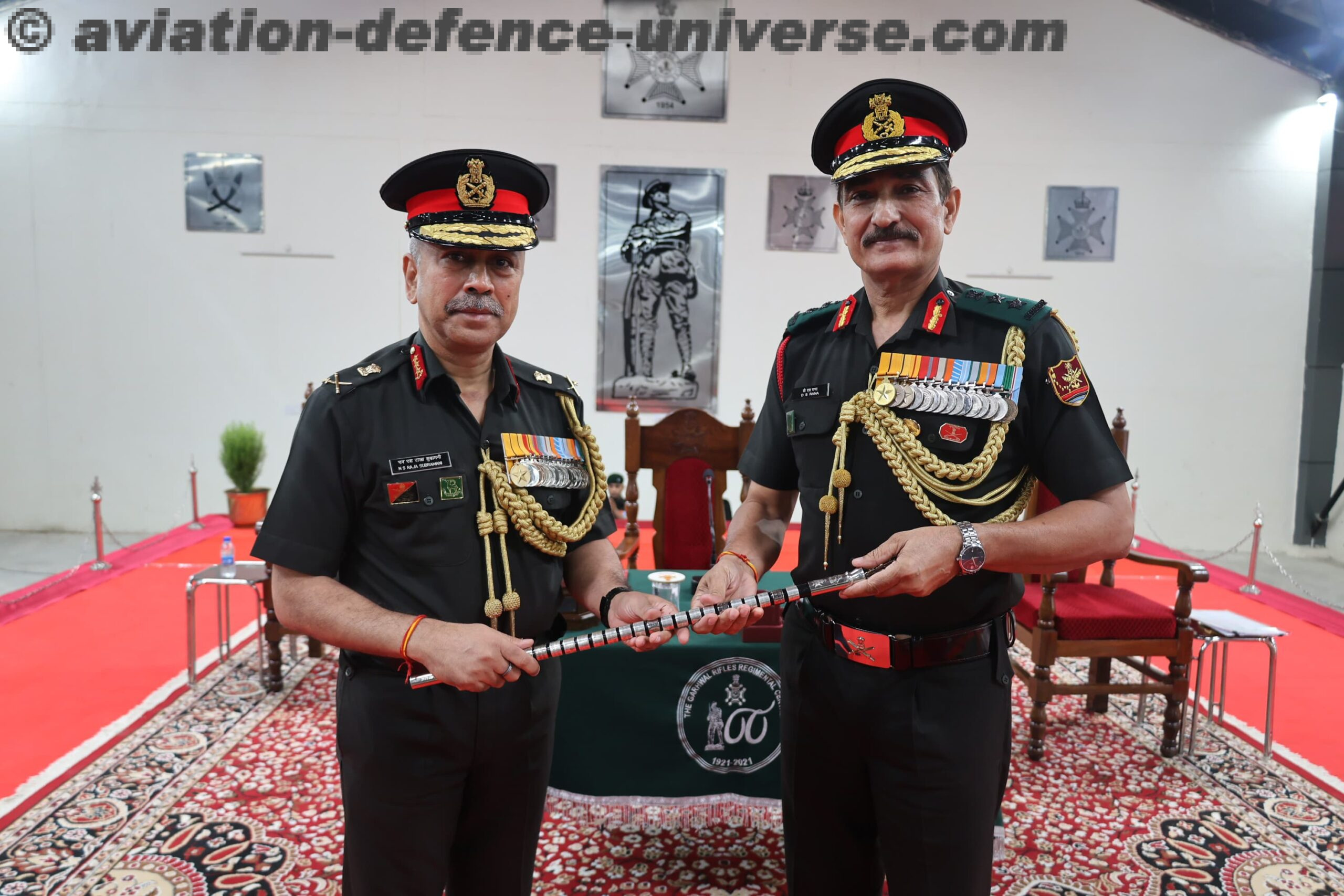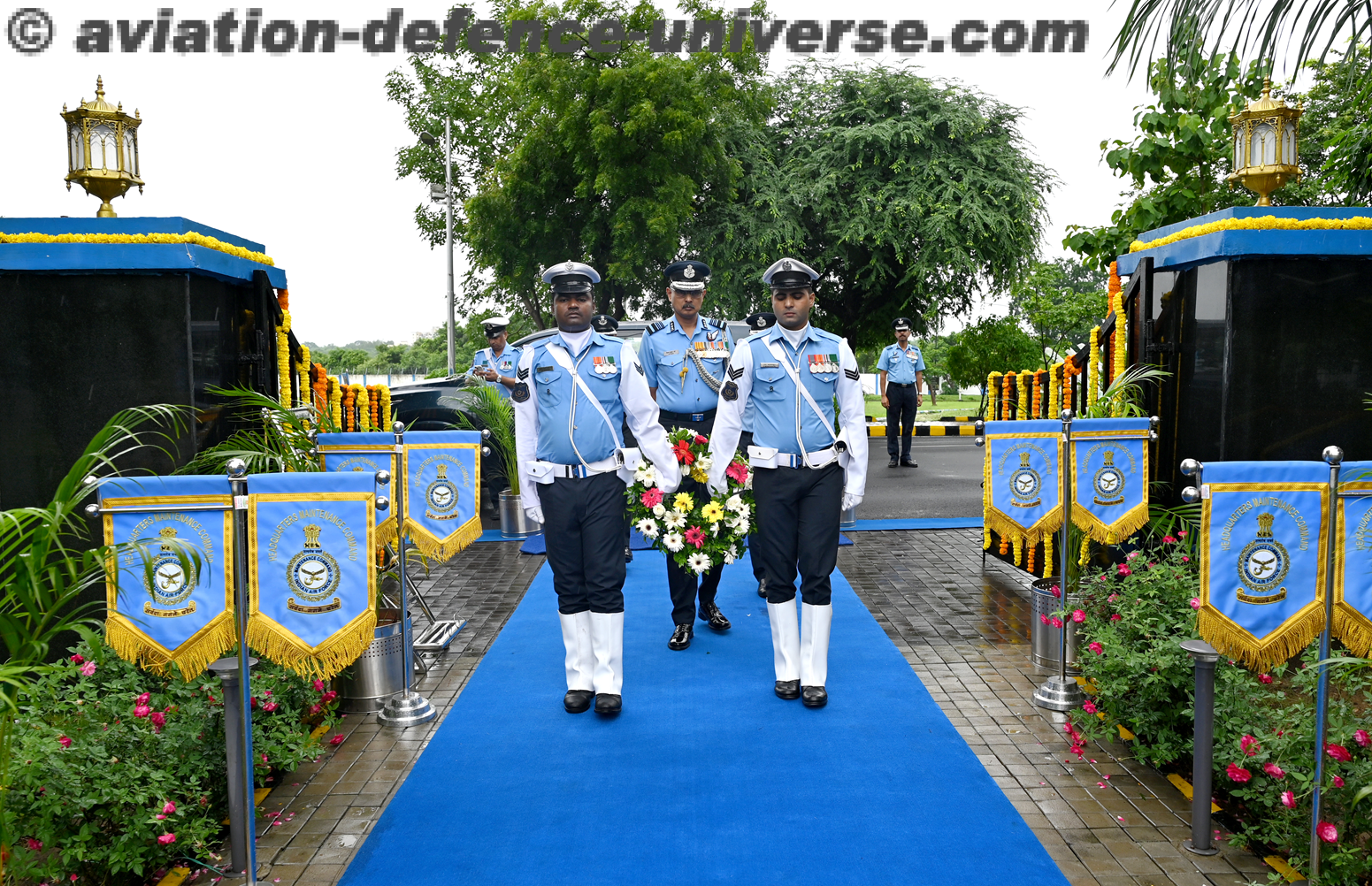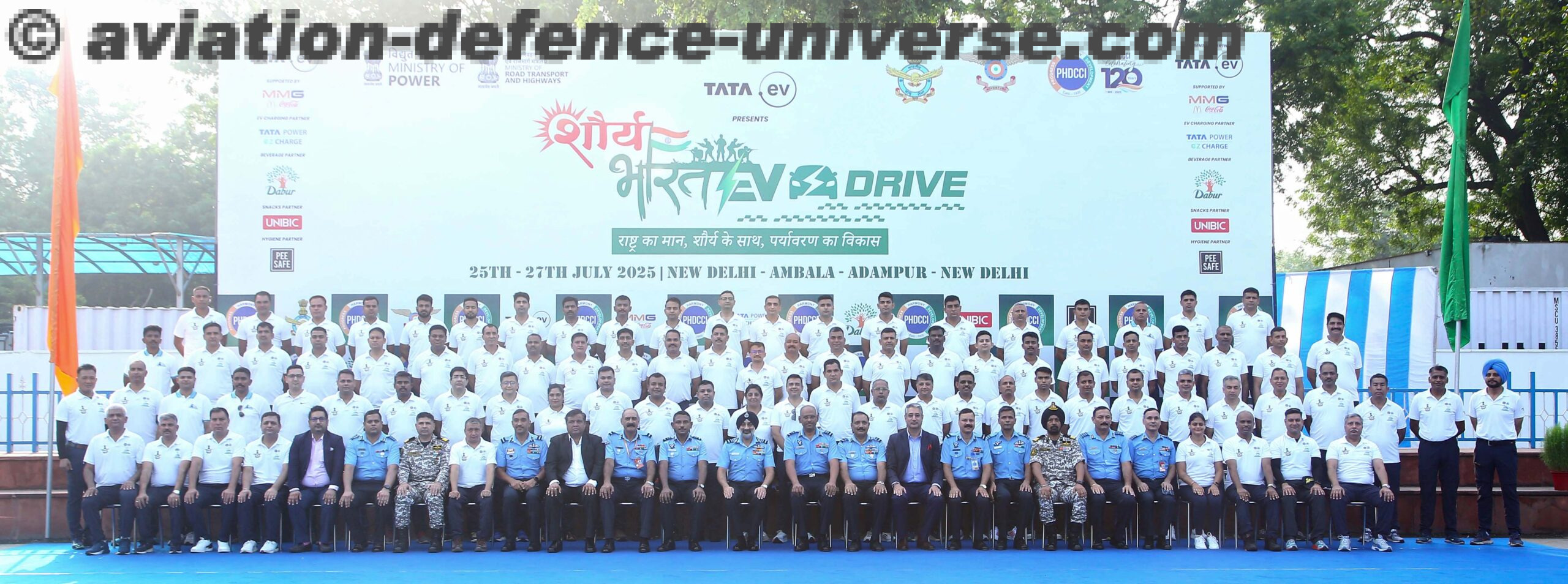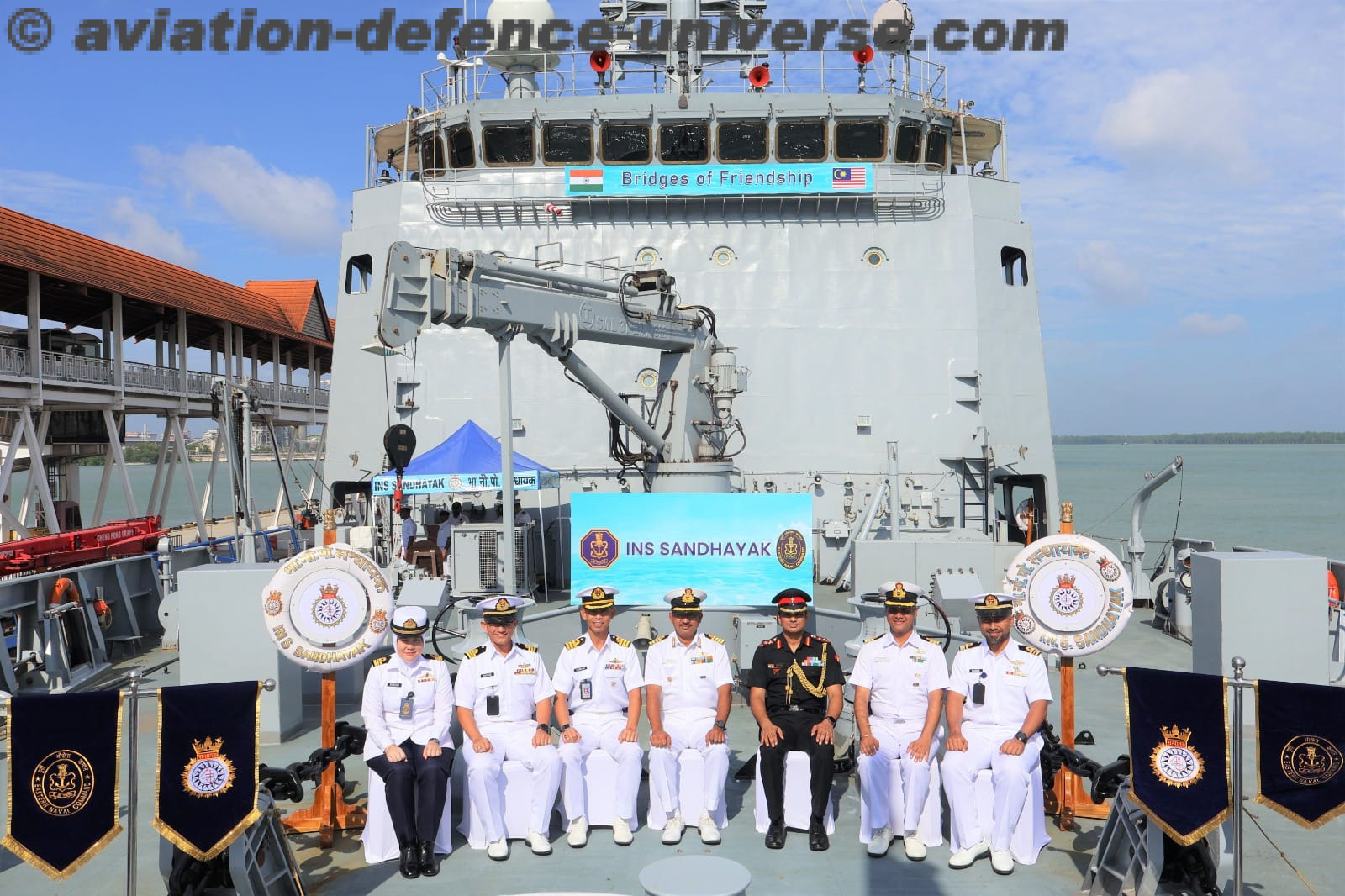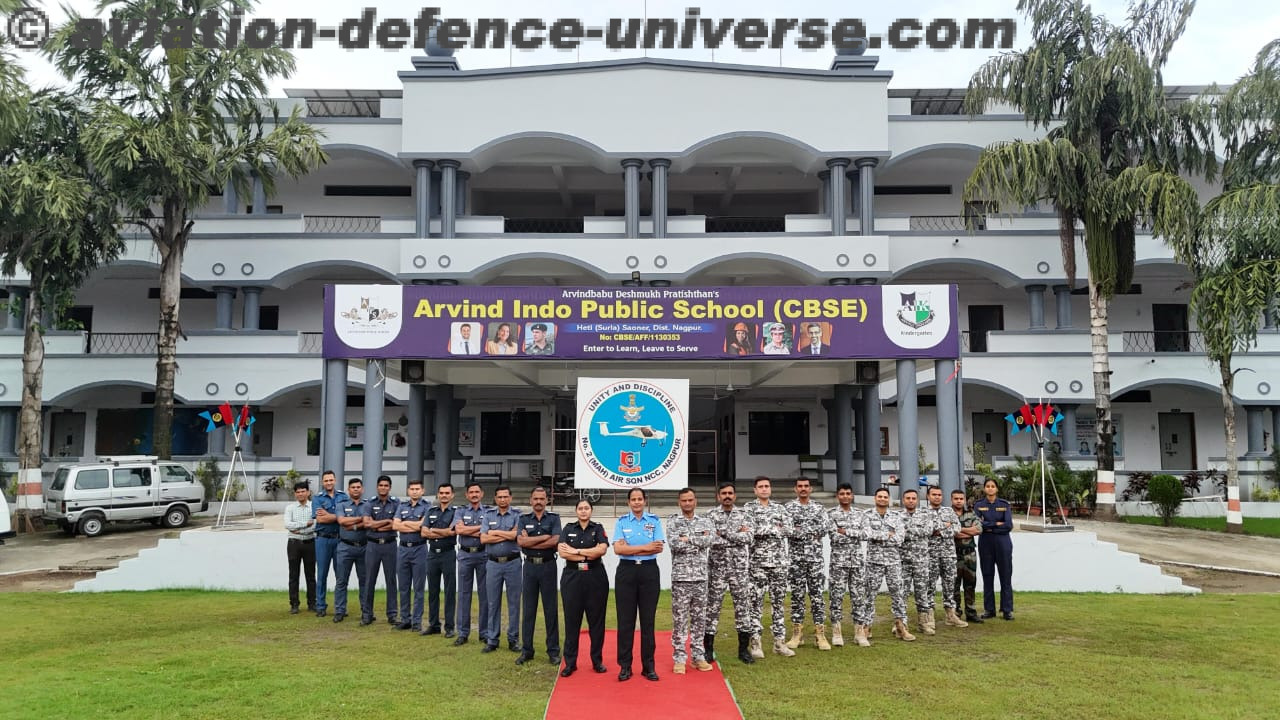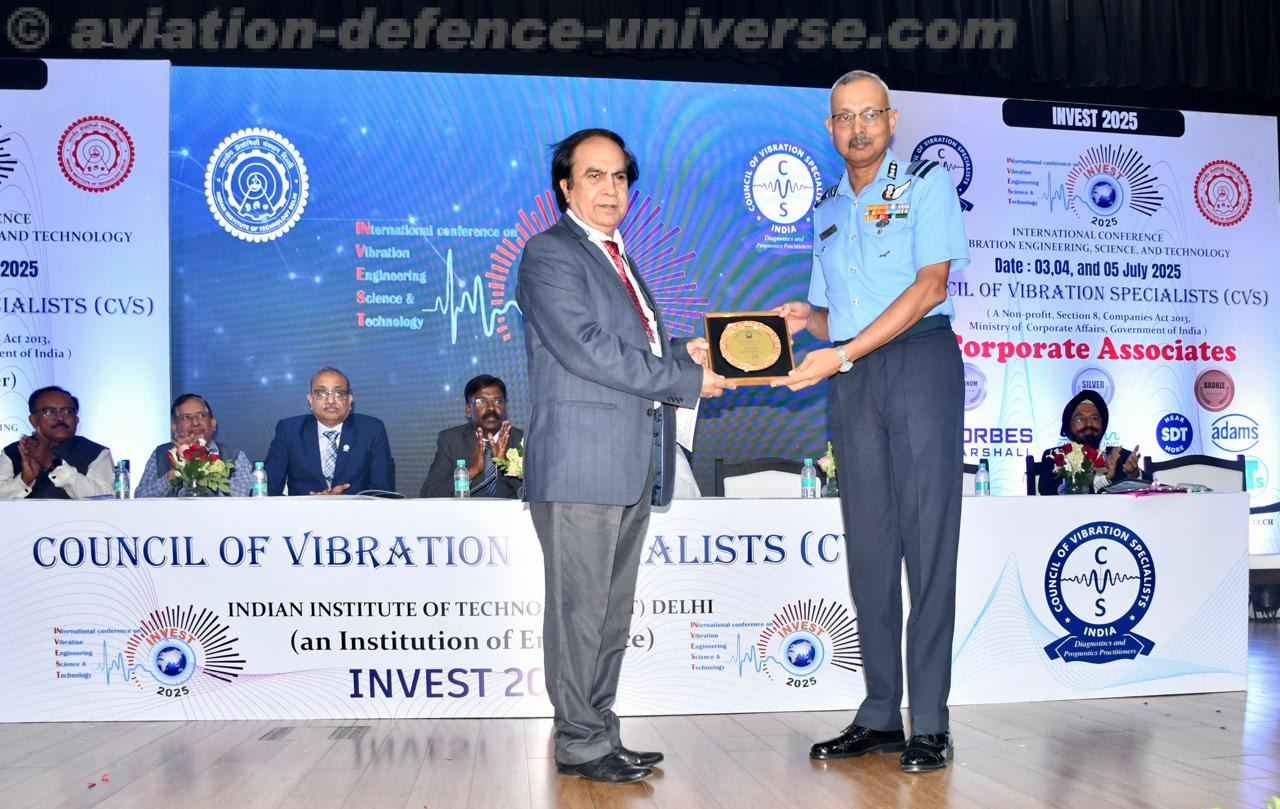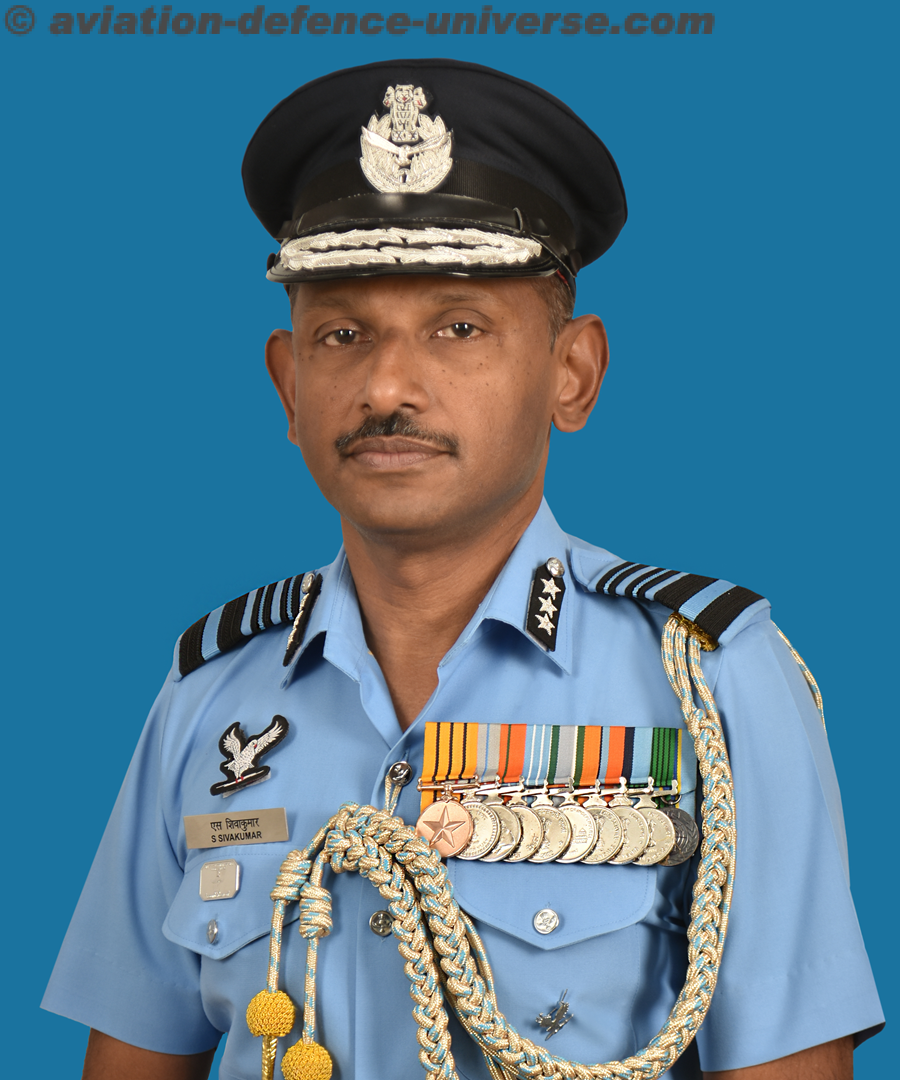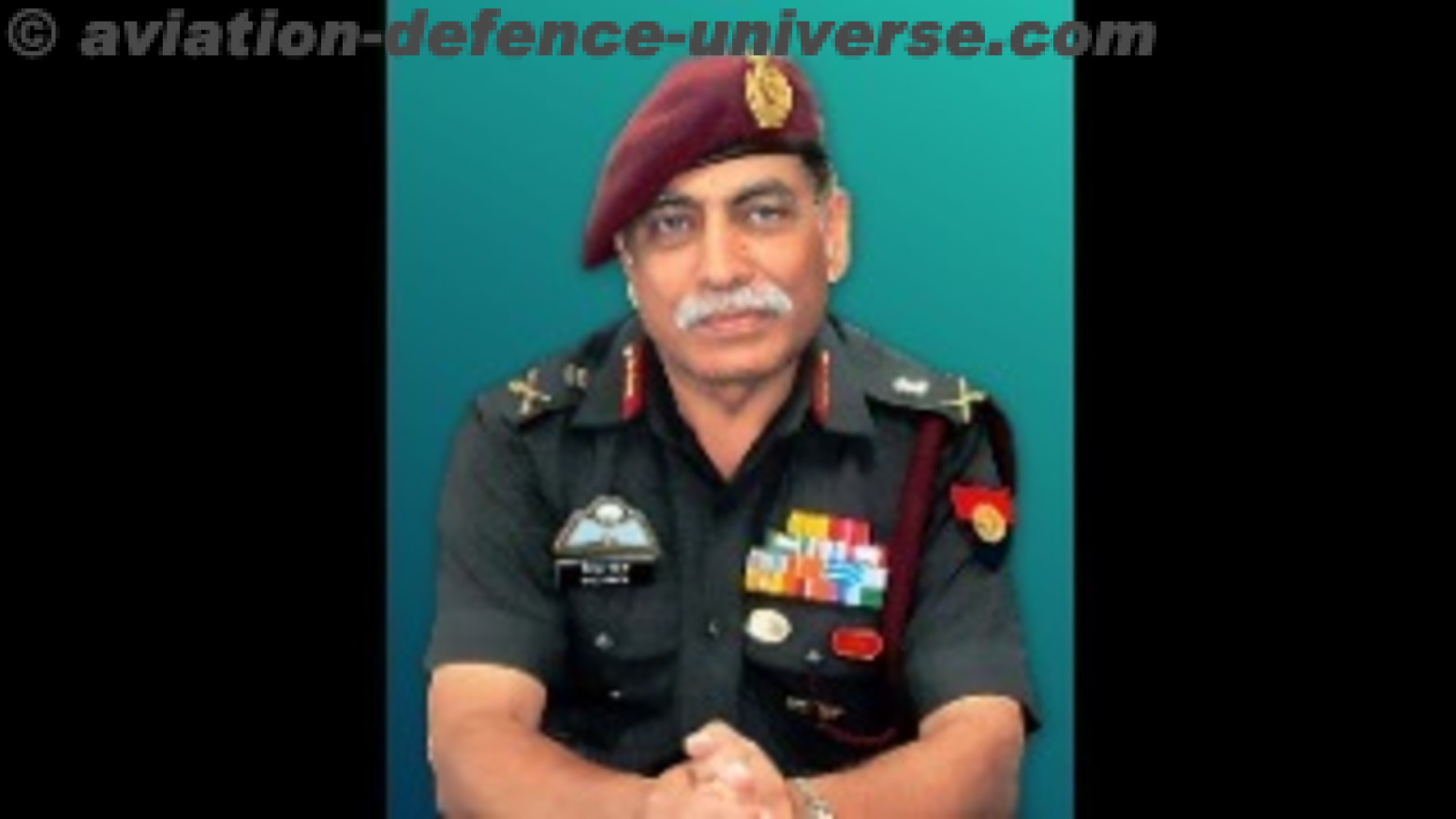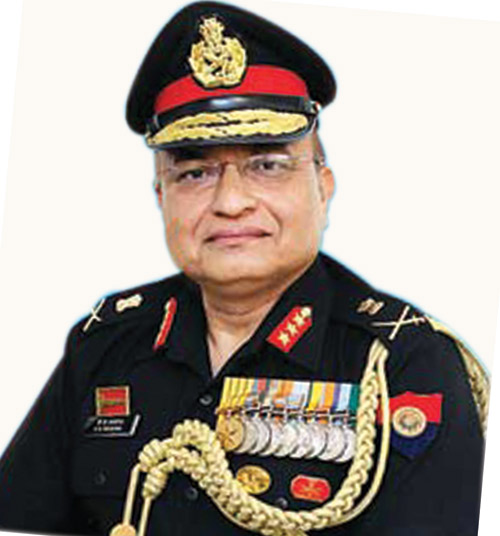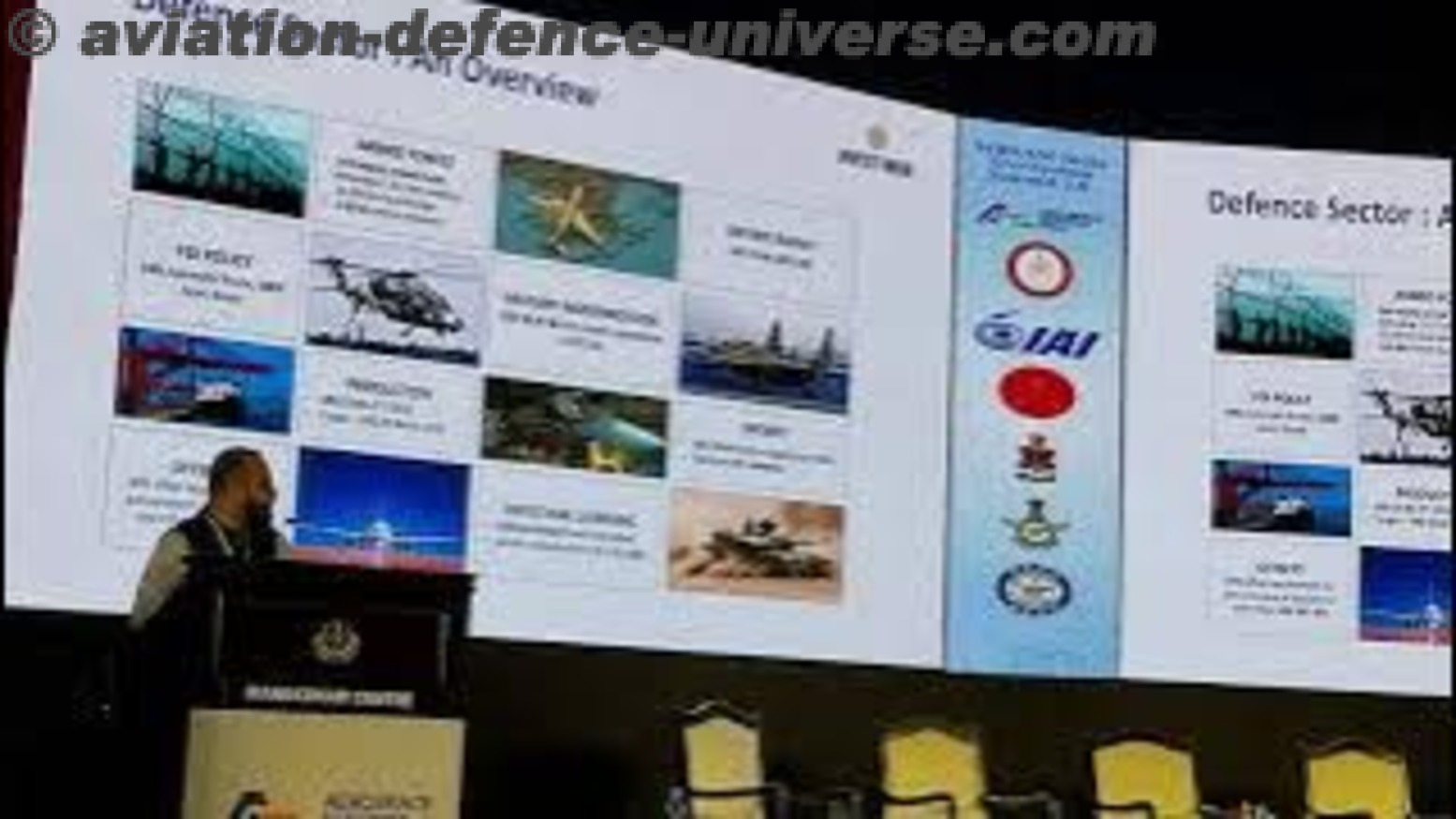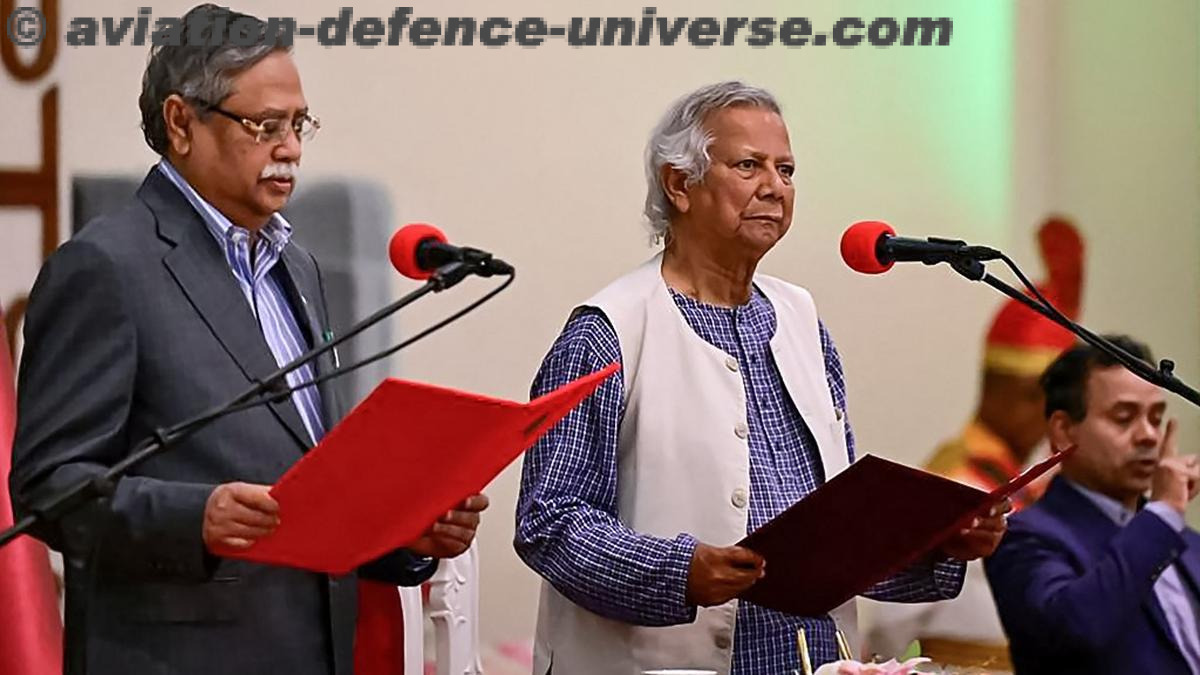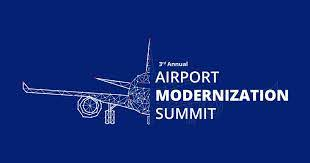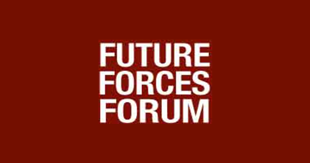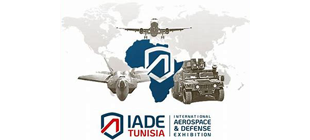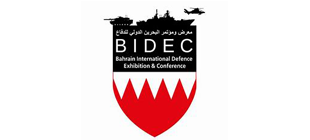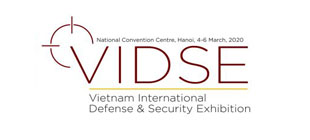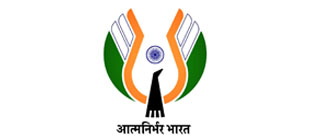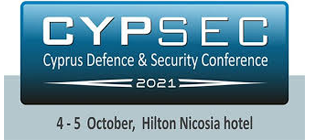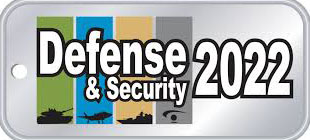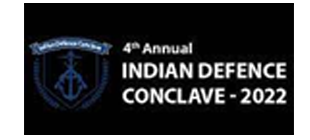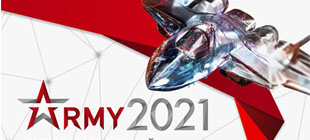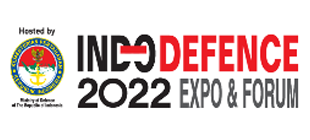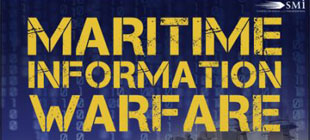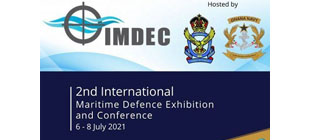- Second Edition of Tri-Services Future Warfare Course Set to Commence
By Sangeeta Saxena
New Delhi. 19 April 2025. In an era where the contours of warfare are being continuously reshaped by rapid technological advancements, India’s armed forces are taking a proactive approach to ensure preparedness and strategic clarity. Building on the overwhelming success of its inaugural edition in 2024, the Tri-Services Future Warfare Course is returning for its second iteration from April 21 to May 9, 2025, at the Manekshaw Centre in New Delhi.
Spearheaded by the Headquarters Integrated Defence Staff (HQ IDS) and coordinated by the Centre for Joint Warfare Studies (CENJOWS), the course reflects Indian Armed Forces’ consistent emphasis on the importance of jointness, integration and strategic foresight in modern military planning.
Warfare in the twenty-first century is as much about bytes as it is about bullets. Superiority will rely not just on the quantity of tanks or planes but also on how fast and efficiently a country can absorb new technology,  integrate its forces, and control the information space. Preparing for future combat entails changing from reactive tactics to proactive, predictive, and coordinated defence capabilities. Those countries that can equally mix technical innovation, strategic insight, and operational agility will succeed.
integrate its forces, and control the information space. Preparing for future combat entails changing from reactive tactics to proactive, predictive, and coordinated defence capabilities. Those countries that can equally mix technical innovation, strategic insight, and operational agility will succeed.
What makes this course distinctive is its rank-agnostic and multidisciplinary format. Participants this year include officers from across the rank spectrum — from Majors to Major Generals and their equivalents in other services — as well as representatives from key defence departments including DRDO, startups, DPSUs, MSMEs, and private defence industry stakeholders. This cross-sectoral participation underscores the inclusive and integrated approach to national defence capability building.
The constantly changing scene of world security is redefining war itself. New areas, modern technology, and hybrid threats are challenging traditional forms of conflict defined by territorial dominance and conventional kinetic power. Future conflict is a strategic need now, not a notion for tomorrow. War in the future will not be limited to land, sea, or aerial space. Where superiority is characterized by connectedness, speed, and decision-making skills rather than pure firepower, the new battlespace is multi-domain, comprising cyber, space, information, and the electromagnetic spectrum. Cyber Warfare ensures that without firing a single gunshot, state and non-state actors can destroy national infrastructure, weapon systems, and communication networks. Space as a warfighting domain is a vulnerable frontier, which is also a vital enabler since satellites utilized for navigation, surveillance, and communication are possible targets. In a time of false information, perception control and psychological operations are weapons for strategic supremacy.
The three-week intensive program has been expanded in scope and depth. While retaining its core goal of understanding evolving warfare paradigms, the curriculum now delves deeper into domain-specific warfare, tech-driven combat scenarios, and the shifting nature of doctrines, strategies, and tactics. At its core, the course challenges conventional thinking and encourages officers to reimagine operational priorities in sync with indigenous technological capabilities and the growing sophistication of India’s defence ecosystem.
Technological developments are changing the laws of interaction. The future battlefield will be ruled by autonomous drones and decision support systems to AI-driven surveillance, artificial intelligence (AI) and machine learning will substantially increase the speed and precision of operations.
Like many forward-leaning defence powers, India is funding new technologies via projects including iDEX (Innovations for defense Excellence) and partnerships with the military, DRDO, and the private sector—including startups.
Interactive sessions, panel discussions, and scenario-based learning modules are expected to foster a deeper appreciation of the synergy required between policy, strategy, and capability development. From AI in combat systems to space and cyber warfare, the course will offer a panoramic view of the future battlespace, one that is far more complex and networked than traditional conflict theatres.
Wars of the future will call for integrated, joint force structures running smoothly across all branches. India’s Integrated Theatre Commands’ establishment is a move in that direction. This change shows the necessity for Inter-service interoperability, data exchange in real time and combined command and control.
Emphasis is on doctrinal innovation and cooperative training, not only on new equipment. Courses such as the Tri-Services Future Warfare Course run by HQ IDS and CENJOWS are equipping officers to go beyond service silos and adopt a multi-domain perspective.
 Asymmetric warfare—where state actors confront unusual threats including drone swarms, grey-zone tactics, and proxy forces—will characterize the future. Combining kinetic, cyber, and informational capabilities, hybrid warfare will erase the boundaries between war and peace. From insurgencies backed by foreign governments to calculated social media use for subversion, wars will be waged as much in the information realm as on the front lines.
Asymmetric warfare—where state actors confront unusual threats including drone swarms, grey-zone tactics, and proxy forces—will characterize the future. Combining kinetic, cyber, and informational capabilities, hybrid warfare will erase the boundaries between war and peace. From insurgencies backed by foreign governments to calculated social media use for subversion, wars will be waged as much in the information realm as on the front lines.
India’s strategic outlook recognizes these developments. General Anil Chauhan, the Chief of Defence Staff (CDS), has underlined the need of keeping the Indian Armed Forces “future ready.” Including projects such as defence space agency, indigenous creation of warfare drones, growth of artificial intelligence capacity in the military, partnerships between the commercial sector and universities. India is preparing a modern, tech-driven military.
The Tri-Services Future Warfare Course is more than just a training initiative — it is a strategic incubator for defence transformation. It aligns with the Indian military’s broader mission of becoming a future-ready force, and developing strategic leaders capable of navigating a volatile and rapidly evolving global security landscape.
As the second edition kicks off in the capital, it stands as a testament to the Armed Forces’ unwavering commitment to readiness, resilience, and relevance — shaping a military leadership that not only understands future warfare but is ready to lead it.


